Short 🧵EW in the Kursk Operation
1/n There have been reports of ZSU push at Korenevo, following a successful targeting of bridges and pontoon bridges along the Seym River. Two newly constructed bridges have become targets for the Ukrainian Air Force. (@AndrewPerpetua Map)
1/n There have been reports of ZSU push at Korenevo, following a successful targeting of bridges and pontoon bridges along the Seym River. Two newly constructed bridges have become targets for the Ukrainian Air Force. (@AndrewPerpetua Map)

2/n The offensive itself, taking many international observers by surprise, saw successful advances made by the Ukrainian Armed Forces within the first few hours and days of the operation. Operations in the Kursk area have been intensifying and were likely already taking shape by early June. During the lead-up to the offensive, there was an escalation in activity overall, but particularly in terms of drone strikes - which Andrew and his team documented at the time.

3/n Seven strikes were carried out using FPV drones on substations of various sizes, or logistics points for electrical grid maintenance. These attacks occurred between the end of June and a few days before the start of the offensive on Kursk. 





4/n The secondary elements that appeared to have been prioritized as targets were both communication facilities and trucks. Most notably, an R416-GM station, used for long-range communication, was destroyed during the offensive’s preparatory phase. This attack is significant because it took place over 20 km from the border and was carried out using a DART drone, which is a winged FPV drone.


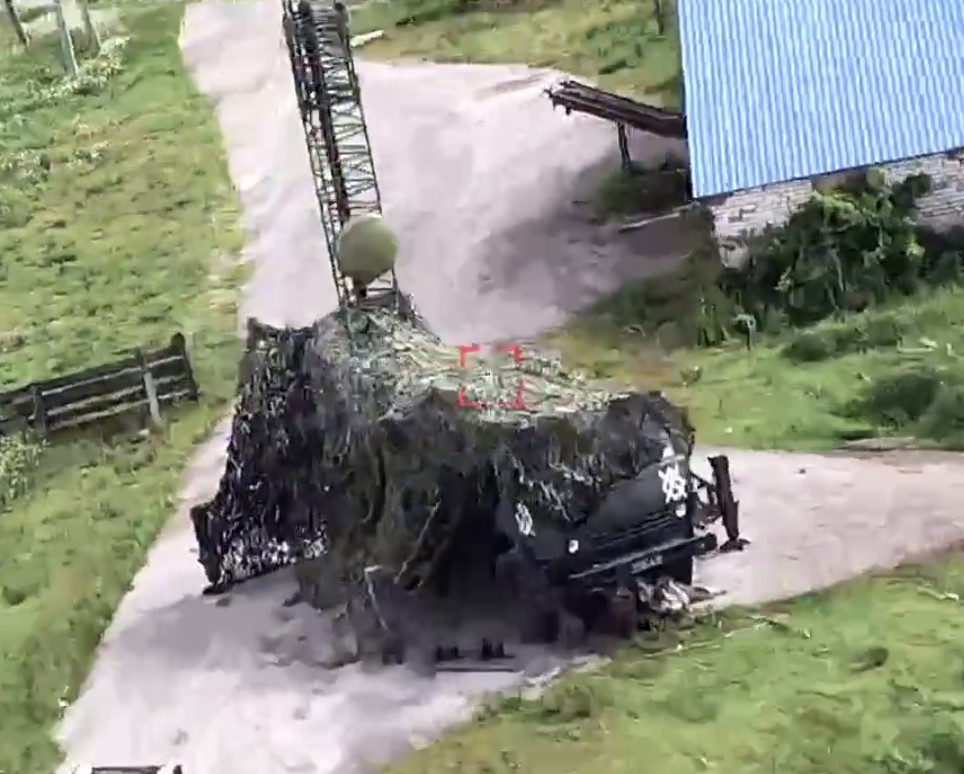

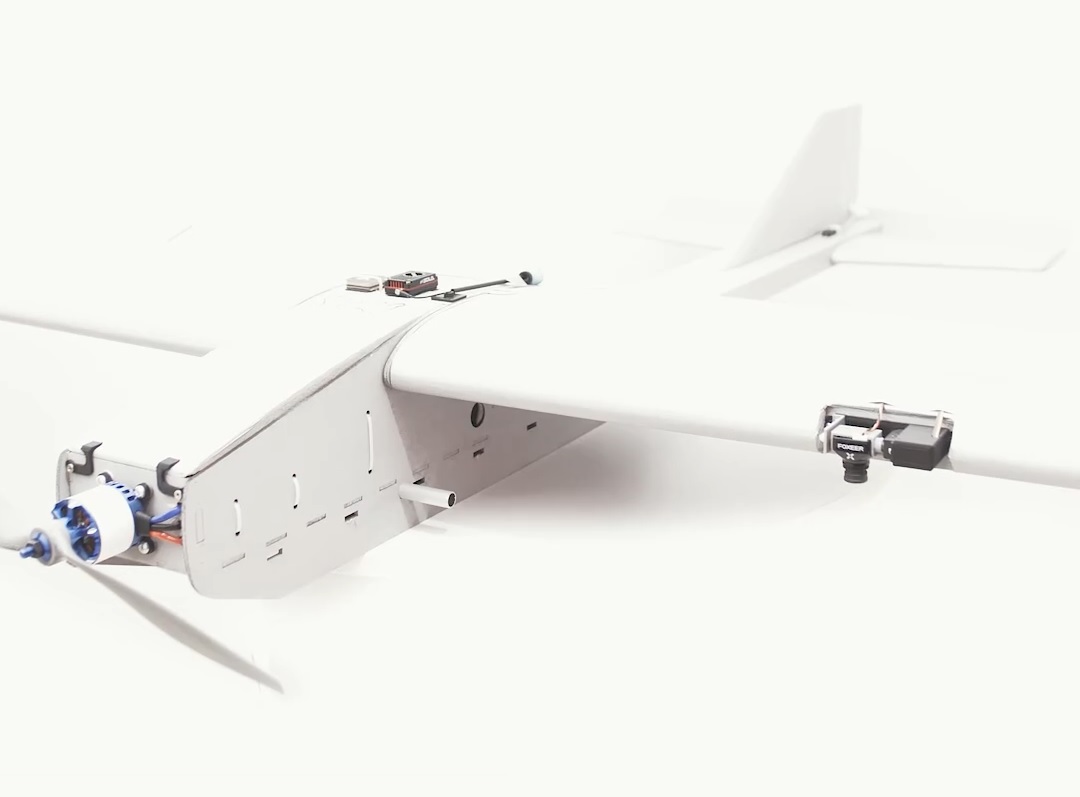
5/n This is notable because the announcement of 60 DART drones were delivered to the 92nd Separate Assault Brigade and the 93rd Mechanised Brigade on June 3, a delivery which correlates to the date of the aforementioned strike. 
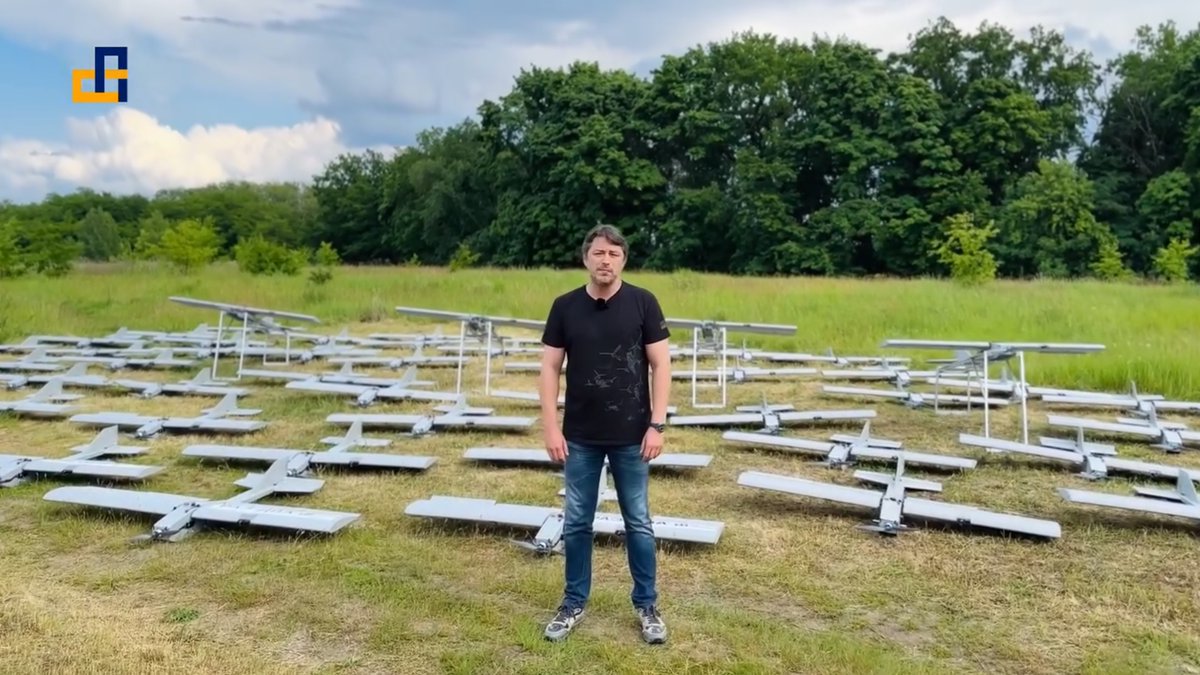
6/n This border area had been the target of a deliberate operation designed to assess, equip, and test Russian capabilities. Based on Andrew's data, it is evident that Russia carried out frequent drone strikes and shelling throughout this area, suggesting that both its soldiers and local command at the border were likely aware of an ongoing Ukrainian presence. This further supports the theory that, as in the past, warnings from lower-ranking officers or soldiers were largely ignored prior to Ukraine’s offensive.
7/n These attacks demonstrate how Ukraine countered Russian electronic warfare (EW) both actively and passively. However, this alone does not explain Ukraine’s initial success in deterring the constant threat of FPV Drones. The answer to this question can be found in several visual sources showing the location of where EW systems were systematically deployed. An example of one such EW system of Czech origin has become commonly used in this respect.



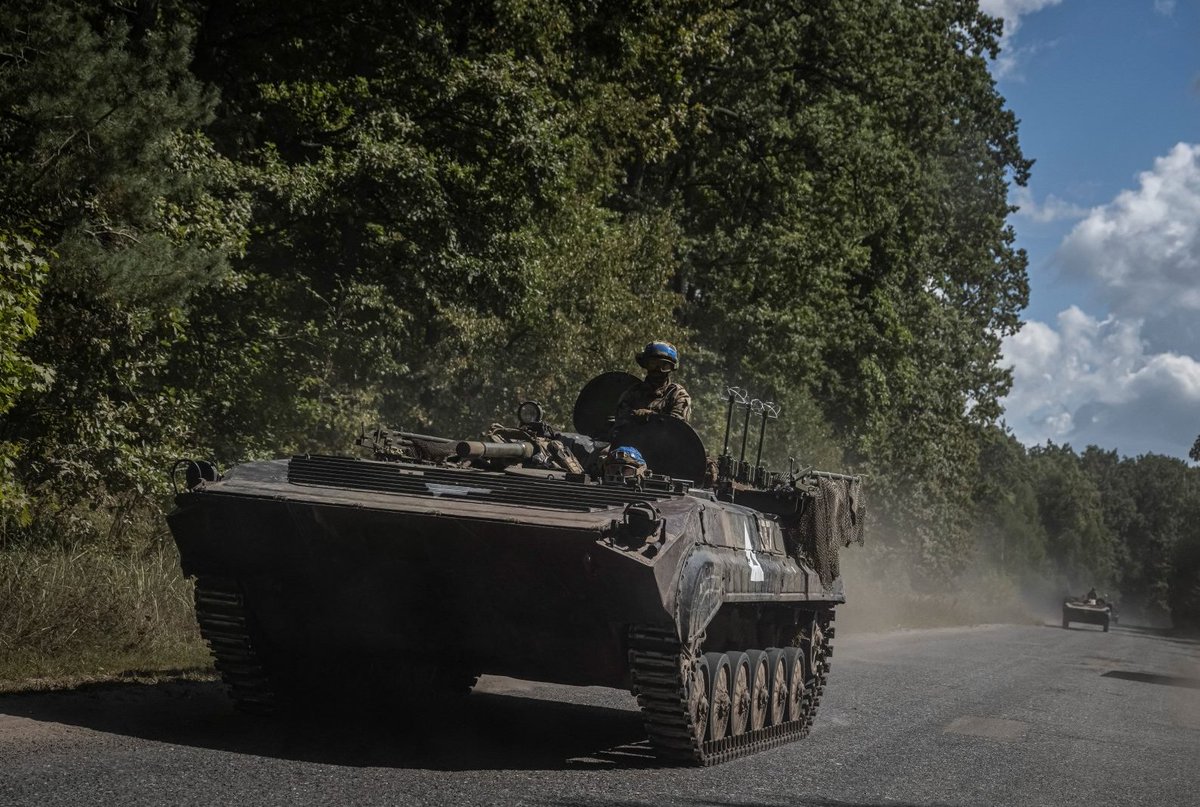
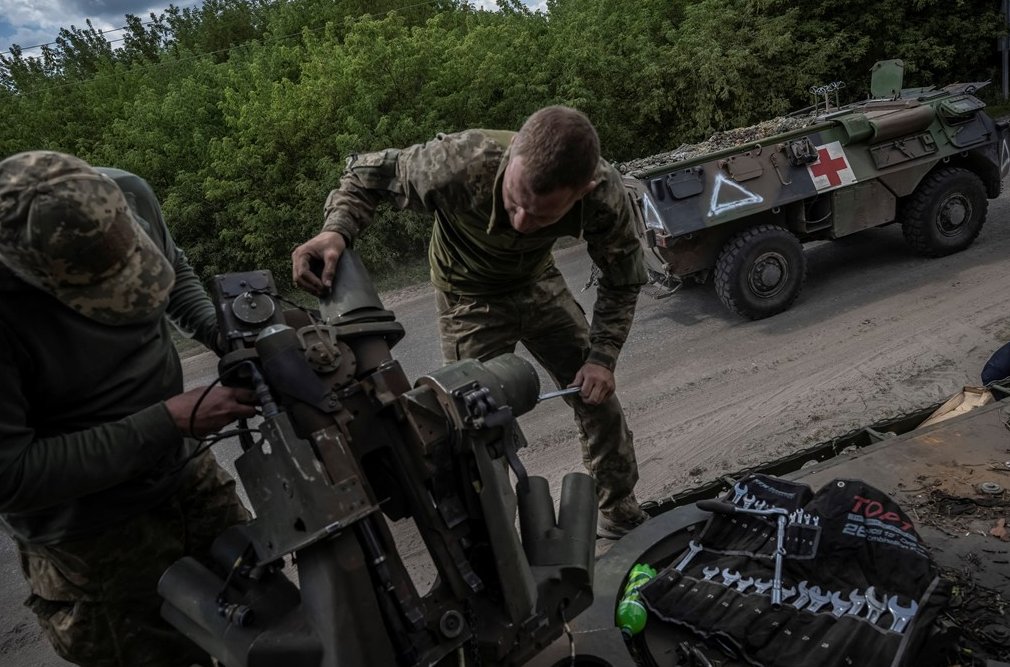
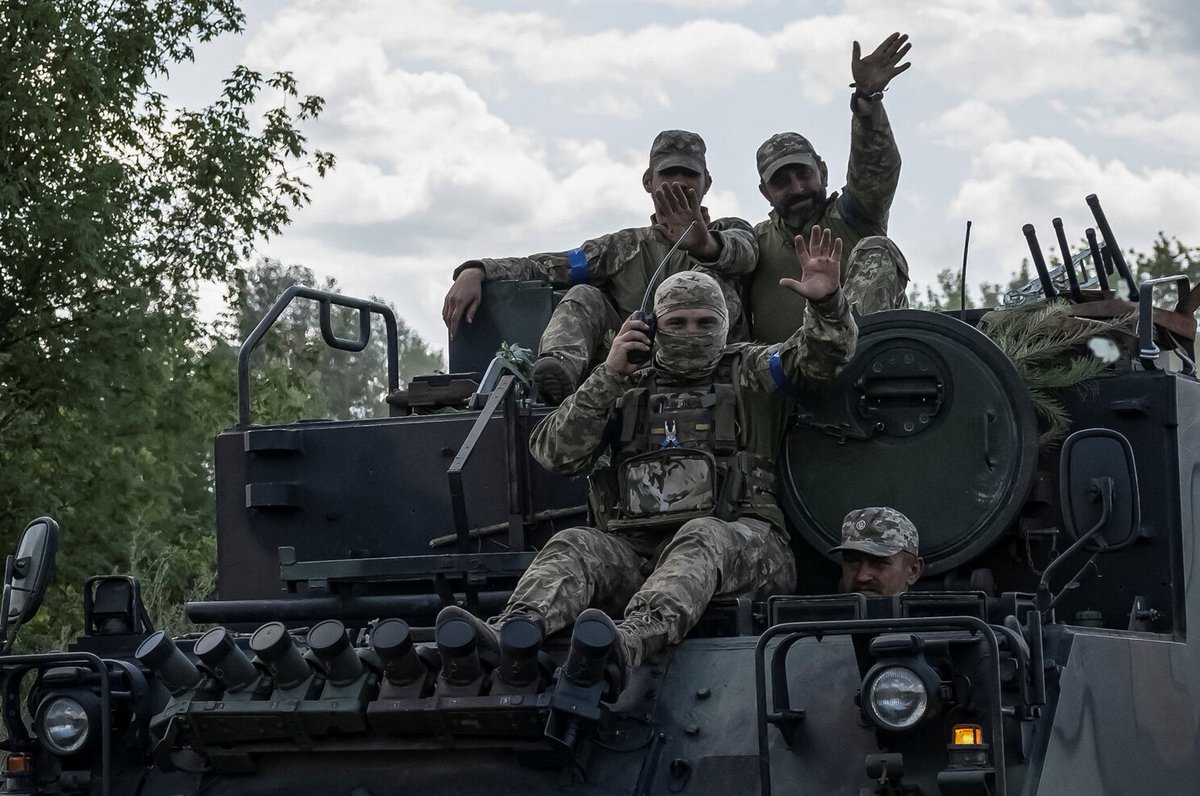
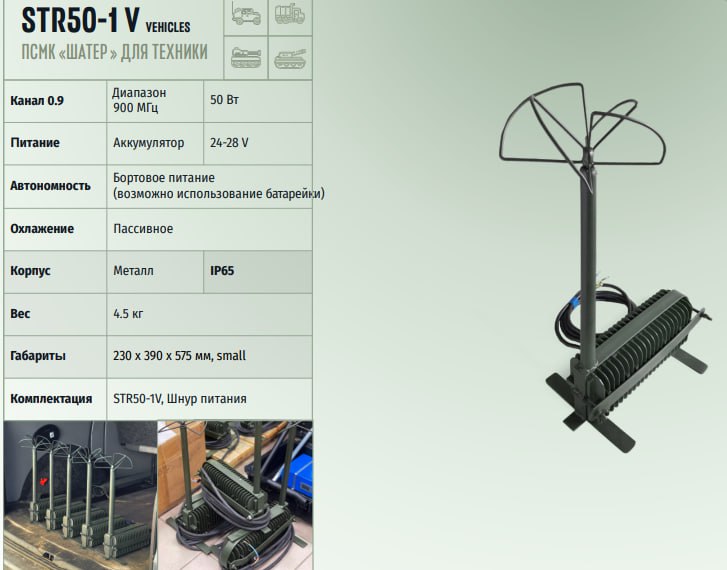
8/n From the outset of Ukraine’s Kursk offensive, Russian telegram channels reported its personnel’s first-hand experience about the use and effectiveness of EW jammers in the Kursk area. Jamming was reported to have disrupted the use of both FPV drones and other assets during the first two weeks of the attack. One specific type of jammer mentioned frequently is a dagger-based antenna, which is either dropped by drones or deployed by Special Operations Forces (SOF) to create small corridors for attacking troops. These are also accompanied by other transportable EW systems capable of interfering with higher frequencies - rendering other assets unusable in certain areas of the operations.
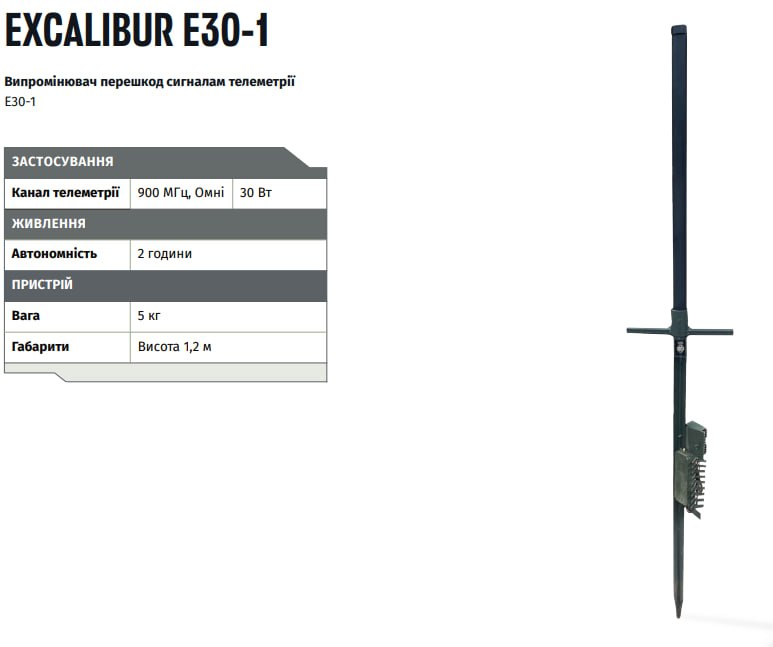
9/9 These are only part of a large number of indicators that allow us to conclude that the Kursk offensive, which is still ongoing, has seen a level of preparation of a remarkable nature, with a significant presence of EW systems, drones and other platforms. This further demonstrates how important these systems are in an evolving battlefield, especially when deployed in a combined arms operation.

Many who know me, know that I am actively involved in supporting an EW Battalion, which does essentially this type of job.
If you would like to support them, you can do so by donating here:
⚡⚡⚡Thank you! ⚡⚡⚡ paypal.com/pools/c/977jC3…
If you would like to support them, you can do so by donating here:
⚡⚡⚡Thank you! ⚡⚡⚡ paypal.com/pools/c/977jC3…

• • •
Missing some Tweet in this thread? You can try to
force a refresh
















